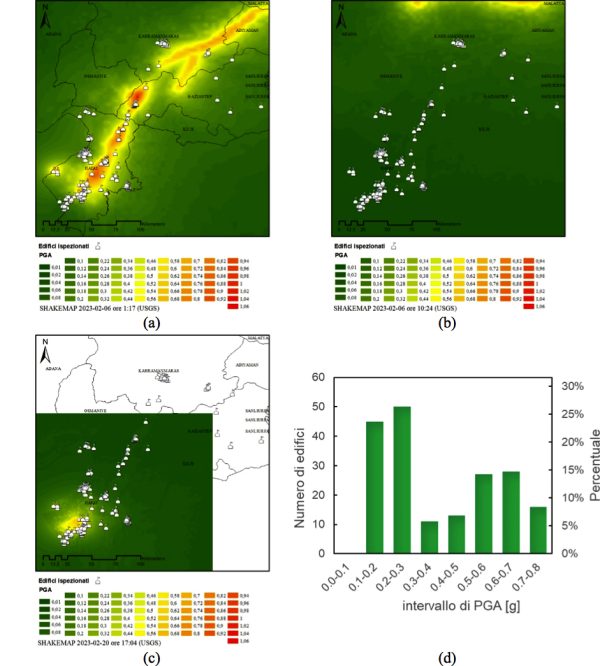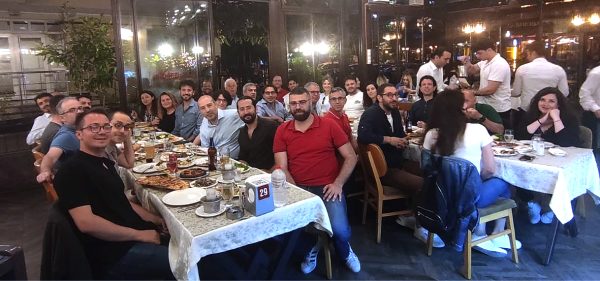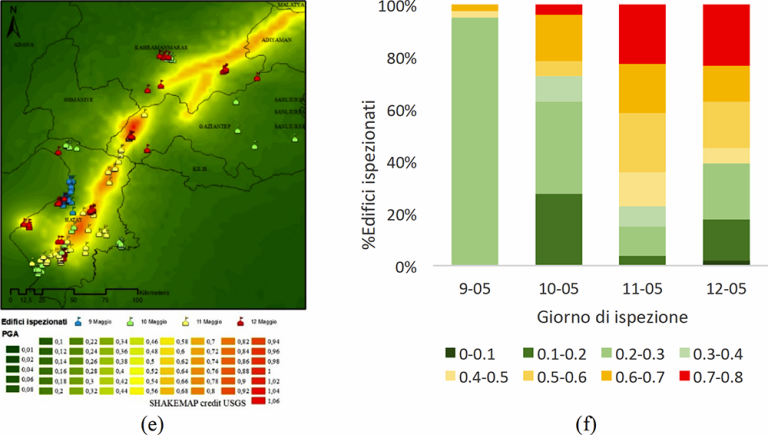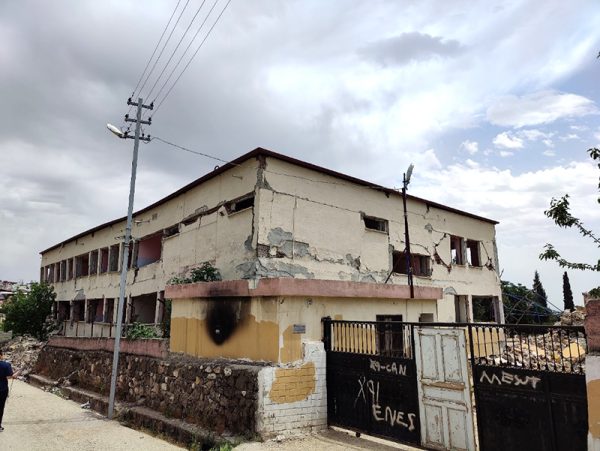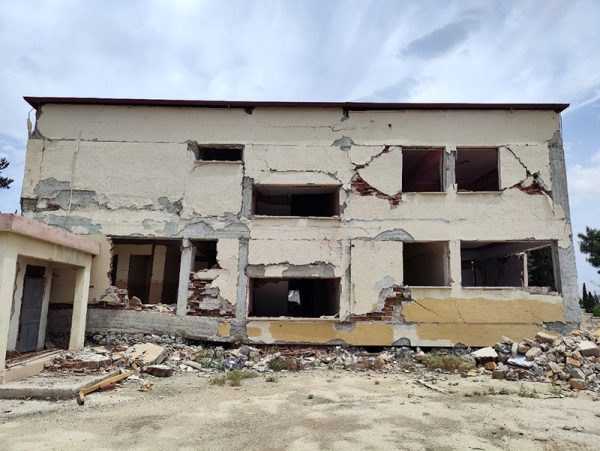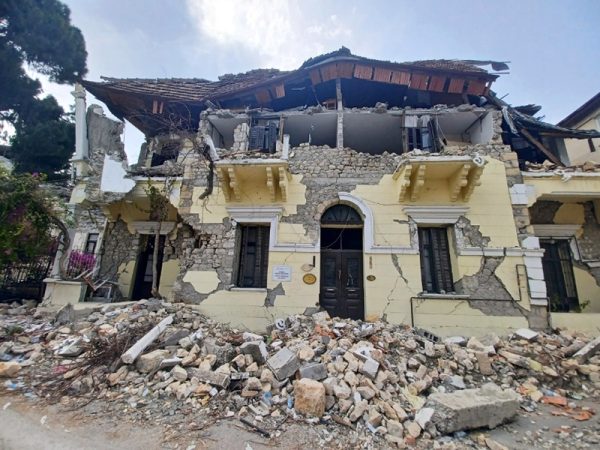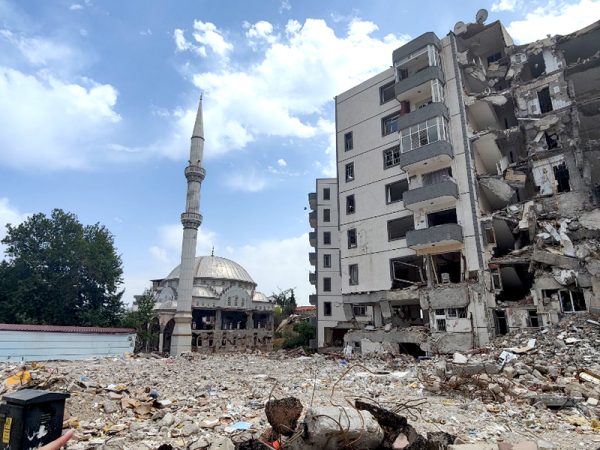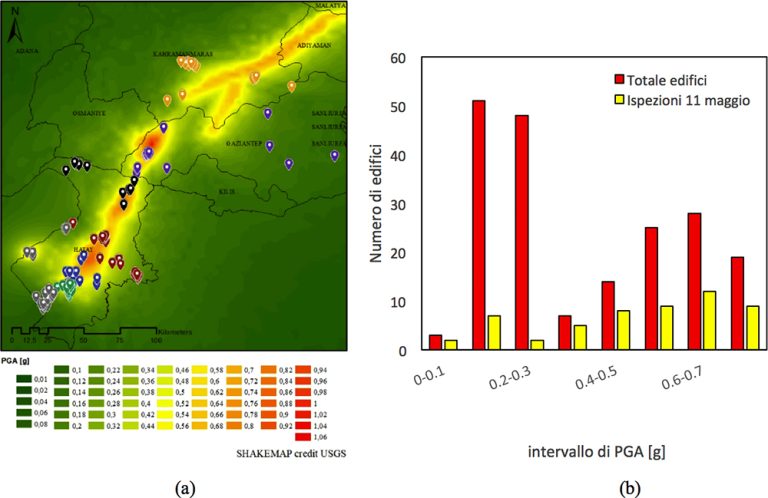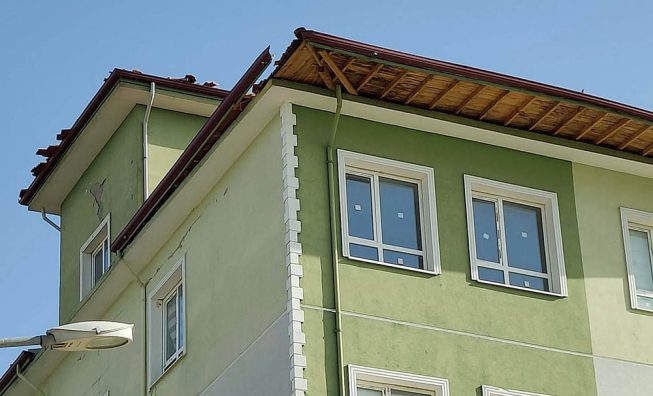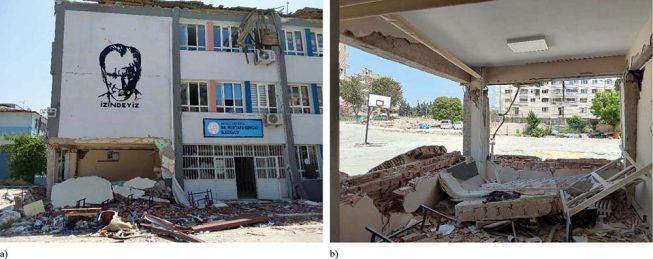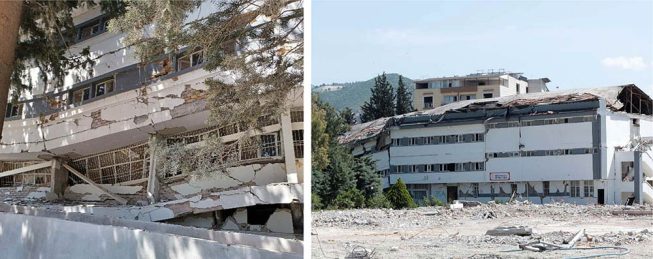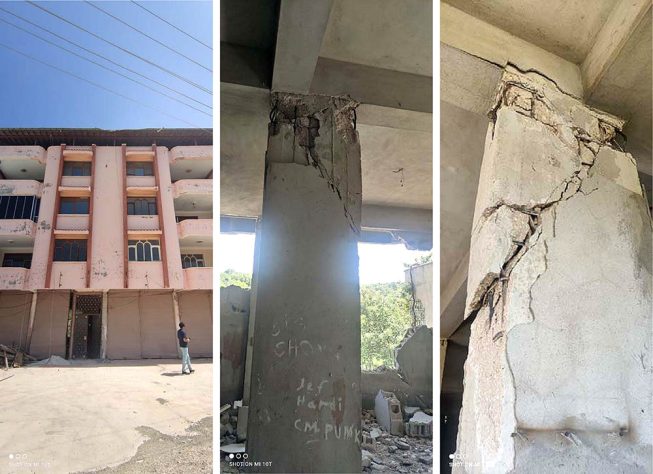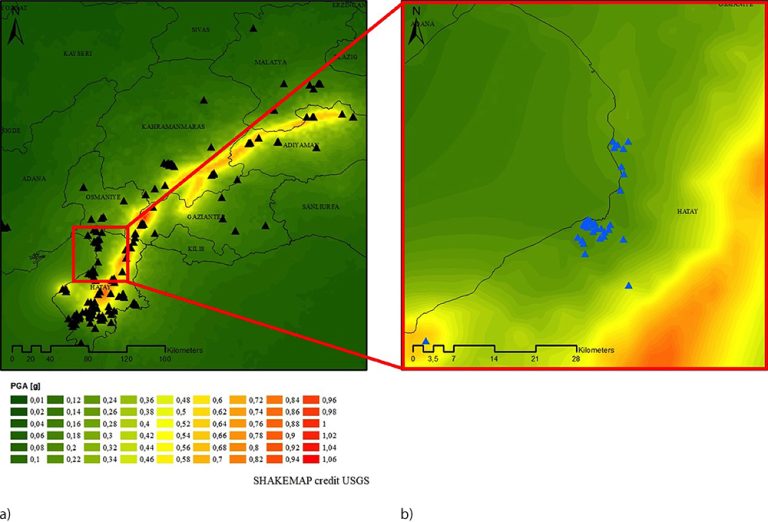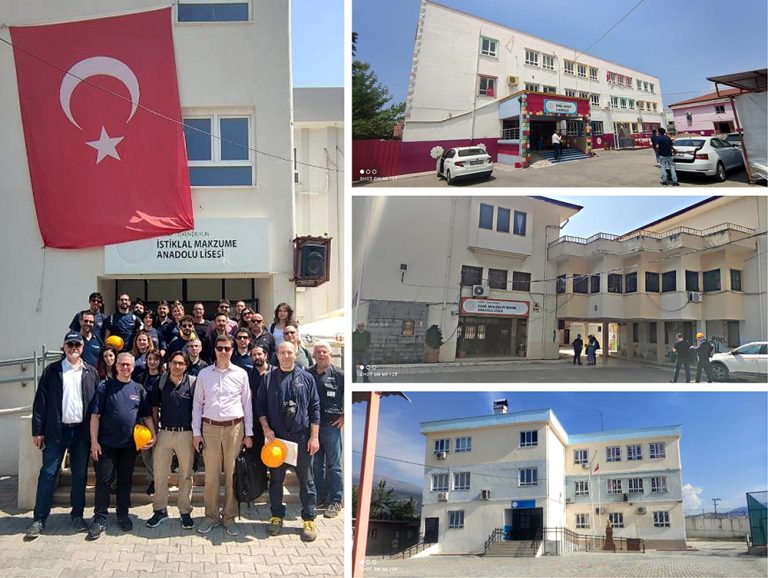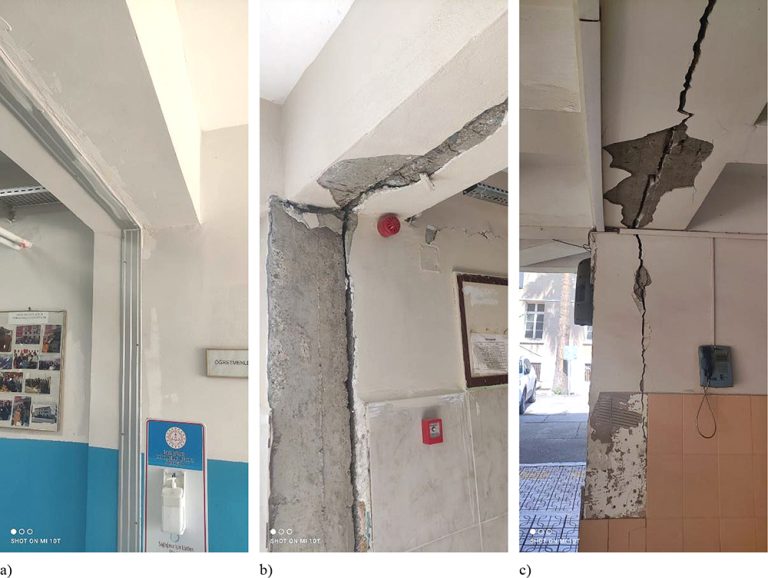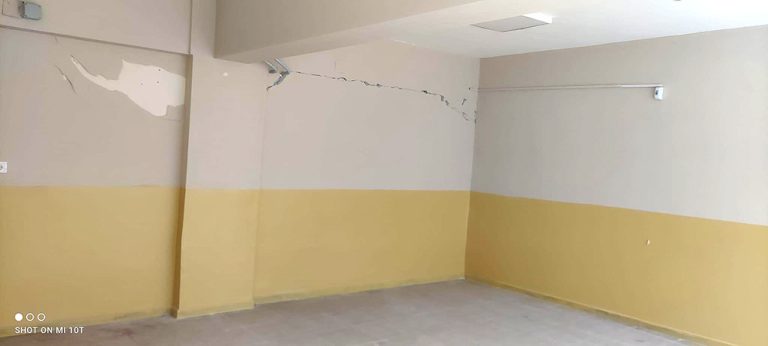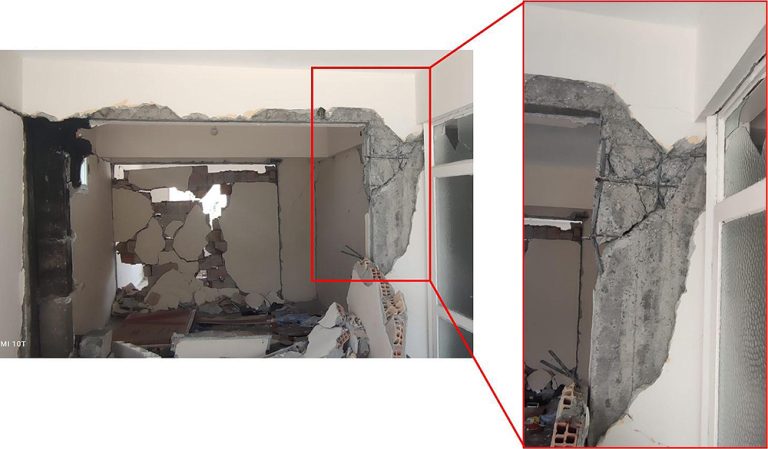Il Dipartimento della Protezione Civile si è fatto promotore di un’importante attività tecnico-scientifica nelle aree colpite dai terremoti avvenuti in Turchia e Siria a partire dal 6 febbraio di quest’anno, con magnitudo massima 7.8. In questo contesto sono state organizzate due missioni, una finalizzata all’indagine degli effetti del terremoto da un punto di vista geologico e sismologico ed una finalizzata all’indagine della risposta strutturale dell’edificato.
I due centri di competenza ingegneristici RELUIS e EUCENTRE, in collaborazione con le Università METU e TEDU di Ankara, hanno iniziato l’attività di ricognizione danni nelle aree colpite.
L’attività, concordata con la protezione civile turca (AFAD), fa seguito agli accordi raggiunti in una prima missione ad Ankara, coordinata dal Dipartimento della Protezione Civile, che si è svolta dal 24 al 26 aprile, e ha come obiettivo la valutazione degli effetti degli eventi sismici su edifici pubblici (scuole, caserme, uffici comunali, ecc…) sui quali sono stati progettati e/o eseguiti interventi di rinforzo prima dell’evento sismico del 6 febbraio.
In accordo con la delegazione di ricercatori delle università METU e TED di Ankara sono stati selezionati più di 200 edifici nelle aree delle province di Hatay, Maras, Antep e Adana.
La localizzazione di tali edifici e l’entità dello scuotimento sismico risentito dagli edifici durante la scossa del 6 febbraio, effettuata sulla base della shakemap pubblicata dall’USGS, sono riportate in Figura 1a.
Figura 1. Localizzazione degli edifici sovrapposti alla mappa di scuotimento sismico relativa alla scossa del 6 febbraio 2023 pubblicata dall’USGS (a); ingrandimento sul dataset di edifici rilevati in data 9 maggio (b).
Nella giornata del 9 maggio, 8 squadre di tecnici provenienti da diverse Università italiane (Univ. degli studi di Palermo, Univ. Salento, Univ. degli studi di Basilicata, Univ. degli studi di Napoli Federico II, Univ. Genova, Univ. Bologna, Univ. degli studi di Pavia) ed il centro di competenza EUCENTRE hanno eseguito sopralluoghi su 45 edifici scolastici (scuole primarie e secondarie) localizzate nella città di Iskerenderun (Alessandretta) in cui sono state registrate accelerazioni massime nel range 0.18-0.24 g secondo la ShakeMap USGS (vedi Figura 2b). Le strutture ispezionate sono state realizzate in c.a caratterizzate da telai in 2 direzioni sulle quali sono state progettate e nella maggior parte dei casi realizzati prima dell’evento sismico del 6 febbraio interventi di rinforzo.
Figura 2. Foto di gruppo del team composto da 8 squadre di tecnici ReLUIS, EUCENTRE, METU, TED; Foto di alcune scuole rilevate durante il sopralluogo del 9 maggio.
Dai sopralluoghi è emerso che gli edifici rilevati sono caratterizzati da un numero di piani fuori terra per lo più compreso tra 2 e 4, regolari in pianta e in elevazione, realizzati nelle maggior parte dei casi tra la fine degli anni 50 e la fine degli 70. In alcuni casi, a partire dagli anni 80, sono stati realizzati degli ampliamenti connessi alla struttura originaria mediante giunti tecnici. In tutti gli edifici sono stati progettati interventi di adeguamento sismico per lo più attraverso l’inserimento di setti in c.a. all’interno della maglia strutturale, in entrambe le direzioni, e il consolidamento delle fondazioni.
Gli edifici ispezionati hanno mostrato un livello di danneggiamento globale modesto con danni per lo più concentrati nelle zone di giunto dovuto al martellamento delle diverse unità strutturali contigue (vedi Figura 3).
Figura 3. Foto dei danni da martellamento lieve (a), moderato (b), severo (c).
Le strutture portanti non hanno subito danni rilevanti, tuttavia in diversi edifici si sono osservate lesioni nella zona di interfaccia tra il telaio originario in c.a. e il setto adottato come sistema di rinforzo. È emerso che i setti sono realizzati rimuovendo pannello di tramezzatura/tamponatura e sostituendolo con una parete in c.a. connesso al telaio esistente. L’ancoraggio della parete al telaio è evidentemente risultato inefficace come evidenziato dallo stato di danneggiamento mostrato in Figura 4.
Durante i sopralluoghi nella città di Iskerenderun (Alessandretta), è stato possibile osservare un quadro di danneggiamento relativo agli edifici residenziali mediamente più severo rispetto agli edifici scolastici ispezionati e oggetto dell’attività in corso di svolgimento. Si riportano in Figura 5 e Figura 6 alcuni casi emblematici di danno relativi allo sviluppo di un meccanico di piano soffice e una crisi a taglio dovuta all’interazione con la tamponatura di 2 edifici in c.a.
Figura 4. Foto del danneggiamento rilevato nella zona di interfaccia tra il telaio originario in c.a. e il setto adottato come sistema di rinforzo.
Figura 5. Foto di una crisi a taglio di un telaio in c.a. dovuta all’interazione con la tamponatura.
Figura 6. Foto del danneggiamento dovuto allo sviluppo di un meccanico di piano soffice di un edificio in c.a..
 Eucentre è una Fondazione di diritto privato senza scopo di lucro che persegue una missione di ricerca, formazione e erogazione di servizi nel settore dell’ingegneria sismica e, più in generale, dell’ingegneria della sicurezza
Eucentre è una Fondazione di diritto privato senza scopo di lucro che persegue una missione di ricerca, formazione e erogazione di servizi nel settore dell’ingegneria sismica e, più in generale, dell’ingegneria della sicurezza  Eucentre promuove Scienza, Ricerca e Innovazione a beneficio della collettività, offrendo metodologie mirate e soluzioni concrete per prevenzione, sicurezza e resilienza. Collabora con istituzioni e imprese, diffondendo competenze orientate al vantaggio comune.
Eucentre promuove Scienza, Ricerca e Innovazione a beneficio della collettività, offrendo metodologie mirate e soluzioni concrete per prevenzione, sicurezza e resilienza. Collabora con istituzioni e imprese, diffondendo competenze orientate al vantaggio comune. Tavole vibranti
Tavole vibranti Altri sistemi di prova
Altri sistemi di prova Eucentre conduce attività di ricerca su ingegneria sismica e riduzione del rischio, attraverso prove di laboratorio e analisi numeriche, per migliorare il comportamento sismico di strutture e terreni e sviluppare tecniche innovative di consolidamento antisismico.
Eucentre conduce attività di ricerca su ingegneria sismica e riduzione del rischio, attraverso prove di laboratorio e analisi numeriche, per migliorare il comportamento sismico di strutture e terreni e sviluppare tecniche innovative di consolidamento antisismico. La Fondazione promuove attività formative diversificate e di alta qualità, rivolte a contesti accademici e professionali, con programmi e iniziative costantemente aggiornati e innovativi per rispondere alle esigenze in continua evoluzione del settore e della società
La Fondazione promuove attività formative diversificate e di alta qualità, rivolte a contesti accademici e professionali, con programmi e iniziative costantemente aggiornati e innovativi per rispondere alle esigenze in continua evoluzione del settore e della società  Eucentre assicura una comunicazione per informare istituzioni, professionisti e cittadini sulle attività e i progetti in corso, con l’obiettivo di diffondere contenuti e conoscenze utili e accessibili a tutti. Contribuisce a promuovere una cultura della prevenzione e della resilienza, condivisa e consapevole.
Eucentre assicura una comunicazione per informare istituzioni, professionisti e cittadini sulle attività e i progetti in corso, con l’obiettivo di diffondere contenuti e conoscenze utili e accessibili a tutti. Contribuisce a promuovere una cultura della prevenzione e della resilienza, condivisa e consapevole.
